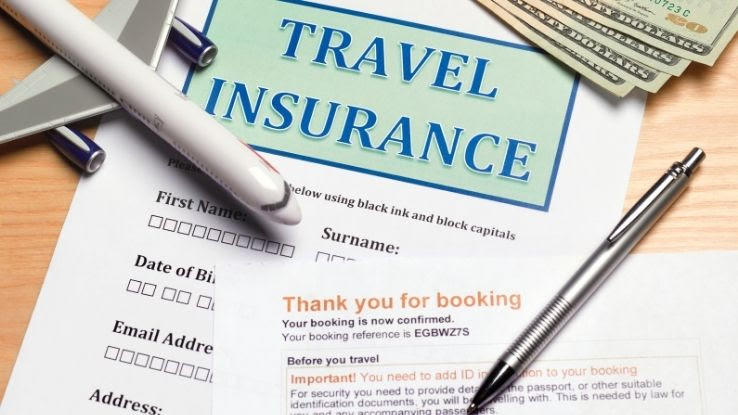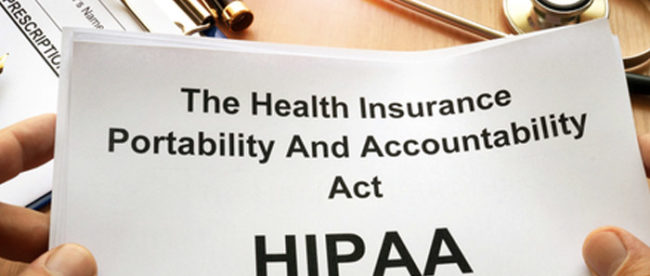The Definitive Guide to Pacific Prime
The Definitive Guide to Pacific Prime
Blog Article
How Pacific Prime can Save You Time, Stress, and Money.
Table of ContentsPacific Prime Fundamentals ExplainedSome Of Pacific PrimePacific Prime - TruthsUnknown Facts About Pacific PrimeEverything about Pacific Prime

This is due to the fact that the information were collected for a duration of solid economic efficiency. Of the estimated 42 million individuals that were uninsured, just about regarding 420,000 (concerning 1 percent) were under 65 years of age, the age at which most Americans come to be qualified for Medicare; 32 million were adults between ages 18 and 65, around 19 percent of all adults in this age group; and 10 million were children under 18 years old, concerning 13.9 percent of all children (Mills, 2000).
These estimates of the variety of persons uninsured are produced from the yearly March Supplement to the Present Populace Survey (CPS), conducted by the Census Bureau. Unless or else kept in mind, nationwide estimates of individuals without health insurance coverage and percentages of the population with different type of coverage are based on the CPS, one of the most widely made use of source of estimates of insurance coverage and uninsurance rates.
The 6-Minute Rule for Pacific Prime

Still, the CPS is particularly beneficial due to the fact that it generates yearly quotes reasonably rapidly, reporting the previous year's insurance coverage approximates each September, and because it is the basis for a constant set of estimates for more than 20 years, permitting evaluation of fads in protection in time. For these reasons, in addition to the considerable use of the CPS in various other research studies of insurance policy protection that exist in this record, we rely on CPS quotes, with restrictions noted.

The quote of the number of without insurance people broadens when a population's insurance condition is tracked for a number of years. Over a three-year period starting early in 1993, 72 million people, 29 percent of the united state population, lacked coverage for at the very least one month. Within a solitary year (1994 ), 53 million individuals experienced a minimum of a month without coverage (Bennefield, 1998a)
6 out of every ten uninsured grownups are themselves used. Working does enhance the probability that one and one's family participants will certainly have insurance, it is not a warranty. Also participants of families with two full time breadwinner have nearly a one-in-ten possibility of being without insurance (9.1 percent uninsured rate) (Hoffman and Pohl, 2000).
The smart Trick of Pacific Prime That Nobody is Discussing
New immigrants represent a considerable proportion of people without medical insurance. One evaluation has actually associated a considerable section of the recent development in the dimension of the U.S. without insurance populace to immigrants that showed up in the country in between 1994 and 1998 (Camarota and Edwards, 2000). Current immigrants (those that concerned the United States within the previous 4 years) do have a high price of being uninsured (46 percent), yet they and their kids account for just 6 percent of those redirected here without insurance policy across the country (Holahan et al., 2001).
The relationship between medical insurance and access to care is well established, as documented later in this chapter. Although the relationship between medical insurance and health results is neither direct nor easy, an extensive clinical and health services study literature web links medical insurance protection to better access to care, much better high quality, and enhanced individual and populace health and wellness standing.
Levels of evaluation for analyzing the effects of uninsurance. This conversation of medical insurance coverage concentrates primarily on the united state population under age 65 since basically all Americans 65 and older have Medicare or other public protection. It concentrates particularly on those without any type of health insurance coverage for any type of length of time.
The Of Pacific Prime
The issues encountered by the underinsured remain in some areas similar to those dealt with by the uninsured, although they are usually much less serious. international travel insurance. Uninsurance and underinsurance, nonetheless, involve clearly different policy problems, and the techniques for resolving them may differ. Throughout this research study and the 5 records to adhere to, the major focus gets on individuals with no medical insurance and thus no help in paying for health care beyond what is readily available through charity and safeguard organizations
Medical insurance is an effective factor affecting invoice of care since both individuals and physicians react to the out-of-pocket rate of services - https://www.pageorama.com/?p=pacificpr1me. Medical insurance, nevertheless, is neither necessary neither enough to acquire accessibility to medical solutions. The independent and direct result of wellness insurance coverage on accessibility to health solutions is well developed.
Others will acquire the health and wellness treatment they require even without wellness insurance, by spending for it expense or seeking it from service providers who use treatment complimentary or at very subsidized rates. For still others, medical insurance alone does not guarantee receipt of treatment since of various other nonfinancial obstacles, such as a lack of health and wellness treatment service providers in their neighborhood, minimal access to transport, illiteracy, or etymological and social distinctions.
Some Known Details About Pacific Prime
Formal study about without insurance populations in the United States dates to the late 1920s and early 1930s when the Committee on the Expense of Medical Care generated a series of records concerning financing medical professional office visits and hospital stays. This problem ended up being prominent as the numbers of clinically indigent climbed during the Great Anxiety.
Report this page